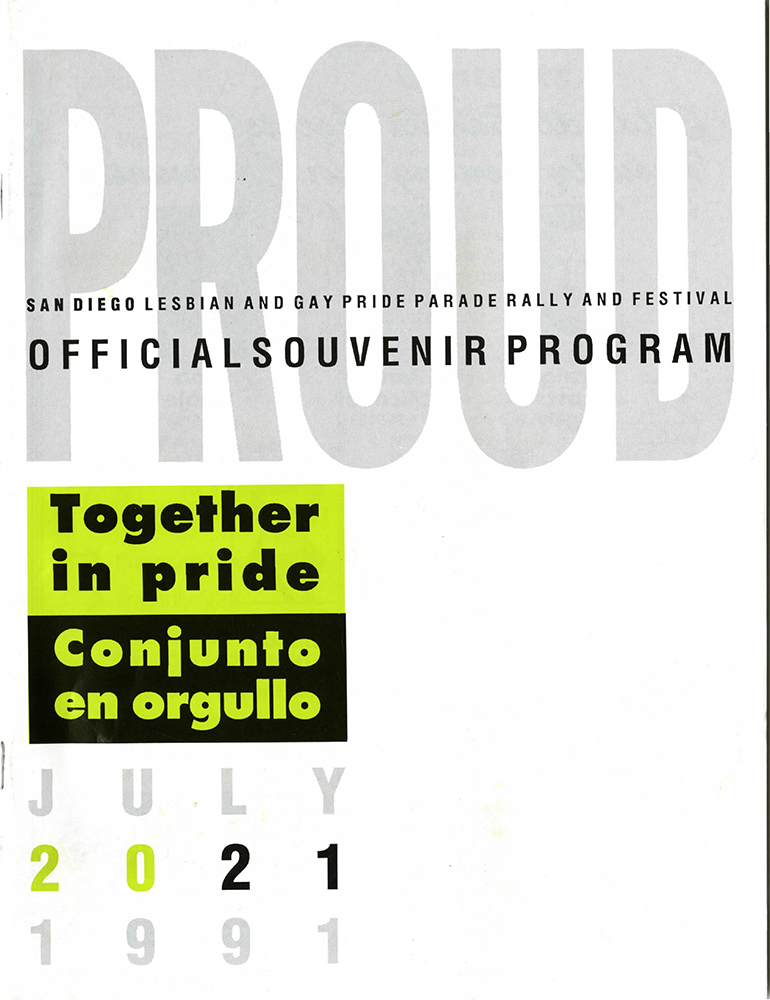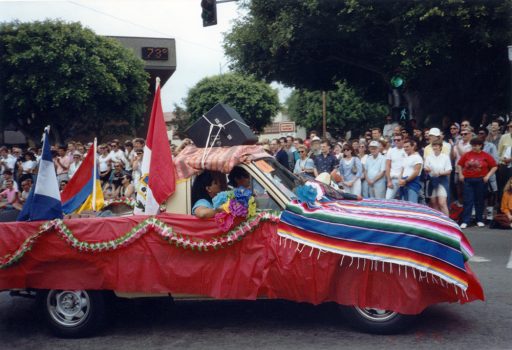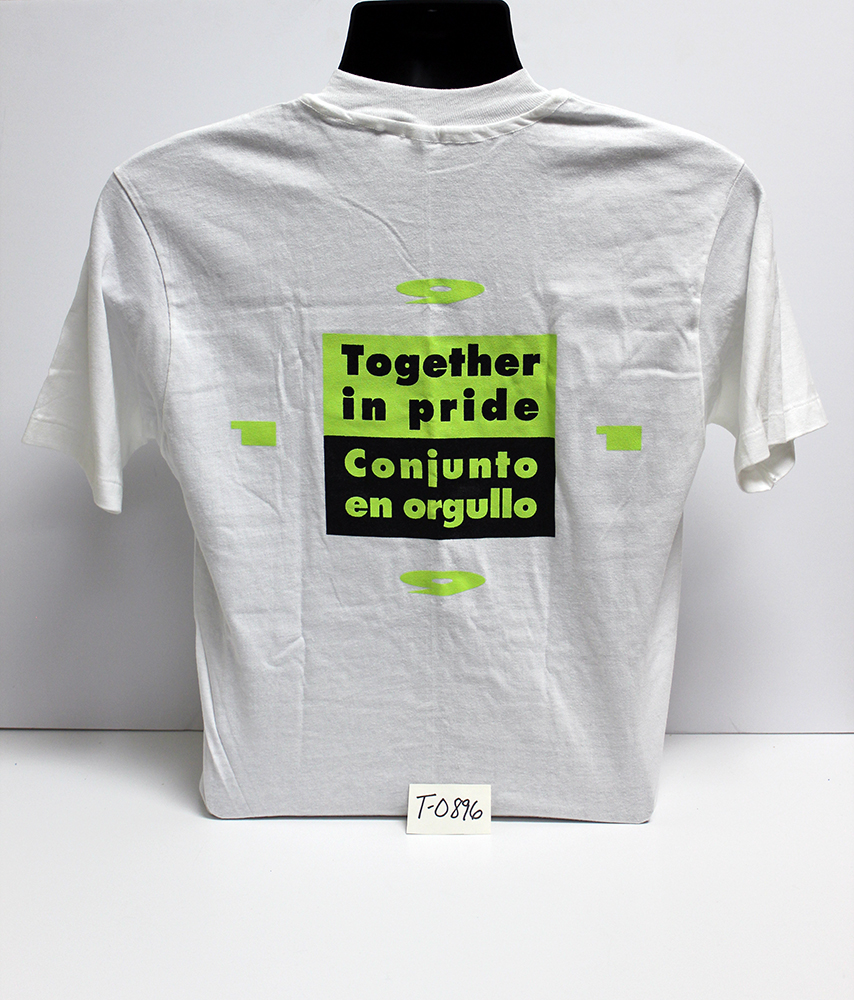
After serving as Pride’s executive director for two years and stabilizing the event, Tim Williams stepped down upon learning that he was HIV-positive. He confided in Barbra Blake, who had served on the board since 1989, and she assumed the role, although she contends that Maryanne Travaglione essentially served as co-director.
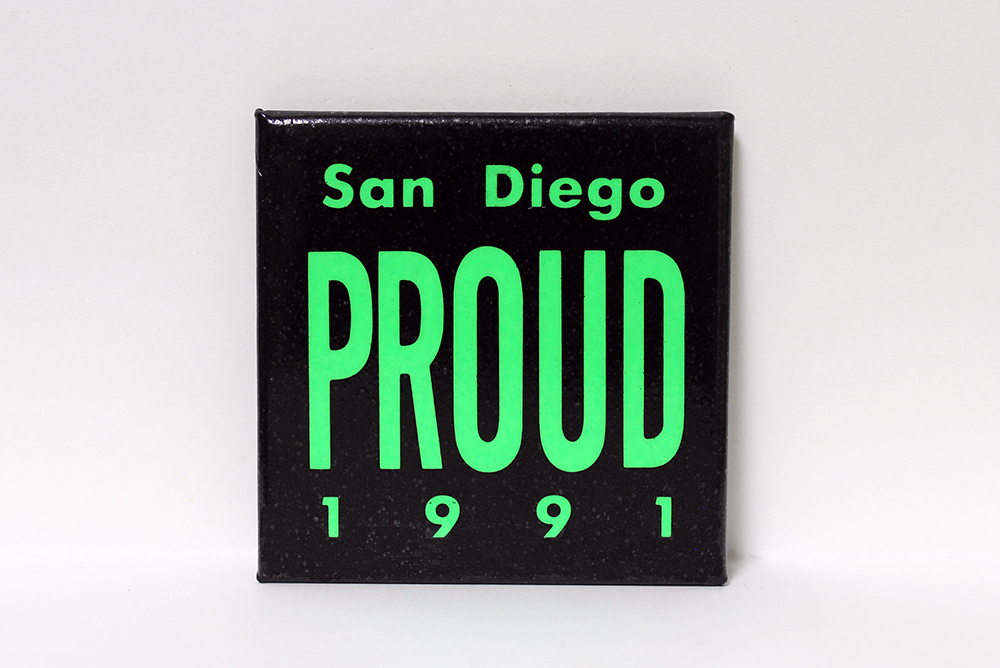
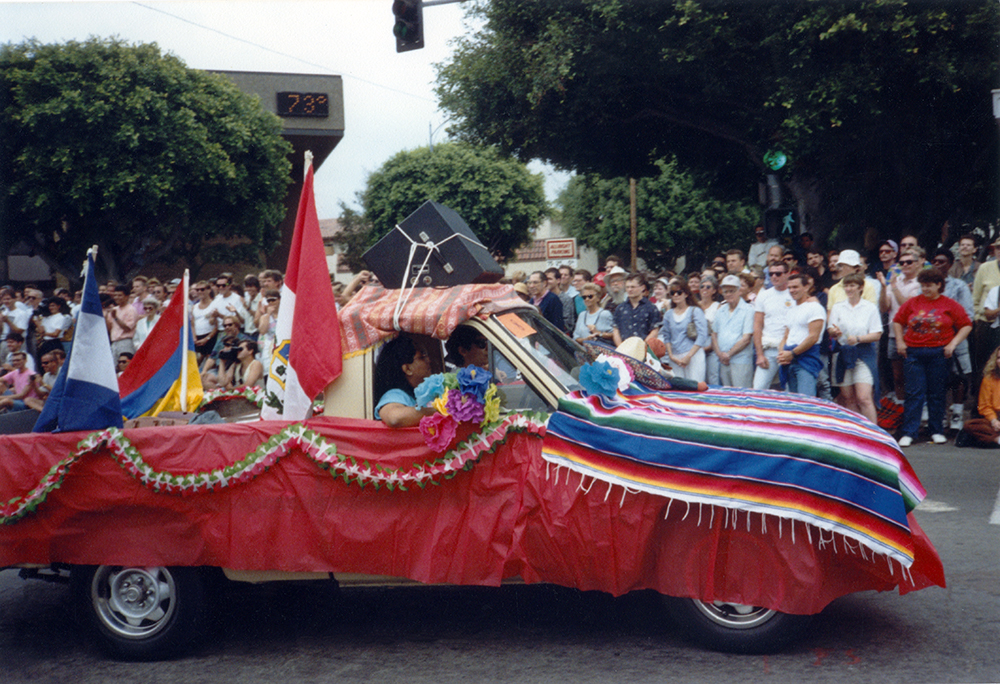
Although now taking place in July, Pride weekend’s activities remained similar to the previous year, with some new “firsts” for 1991. The theme of the weekend was bilingual, in English and Spanish: “Together In Pride, Conjunto En Orgullo.” The organization wished to recognize San Diego’s close relationship with its border city, Tijuana, Mexico. Additionally, a San Diego Police Department officer rode in the parade, in uniform, for the first time. Officer John Graham, who had publicly come out the previous year, was selected as San Diego Pride’s “Man of the Year.” San Diego Pride is one of the earliest Pride events in the country to honor law enforcement agents and include them in their parade.
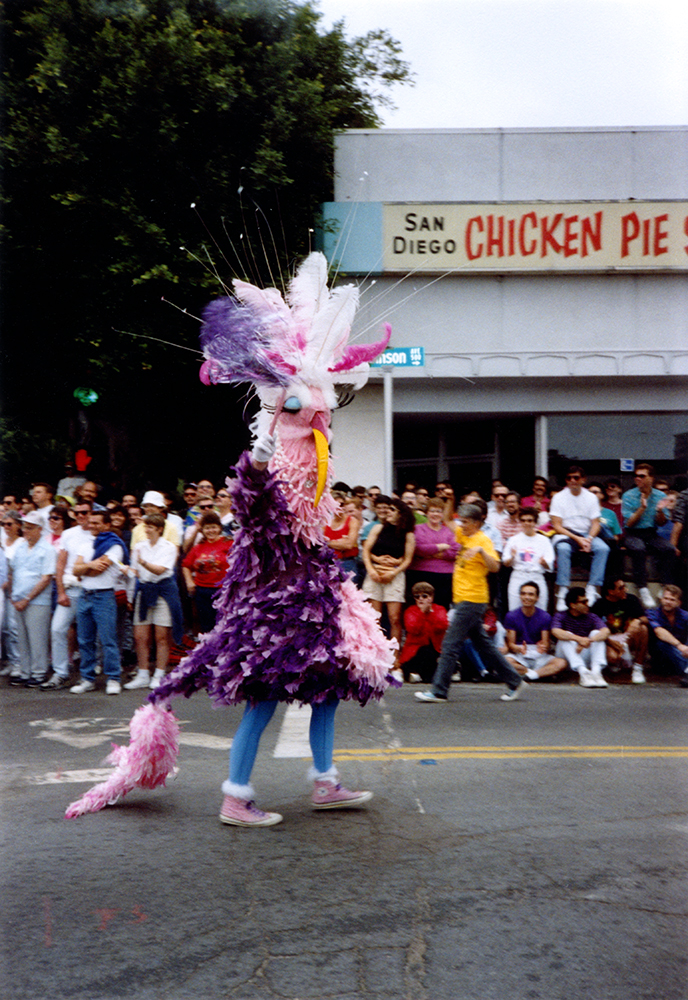
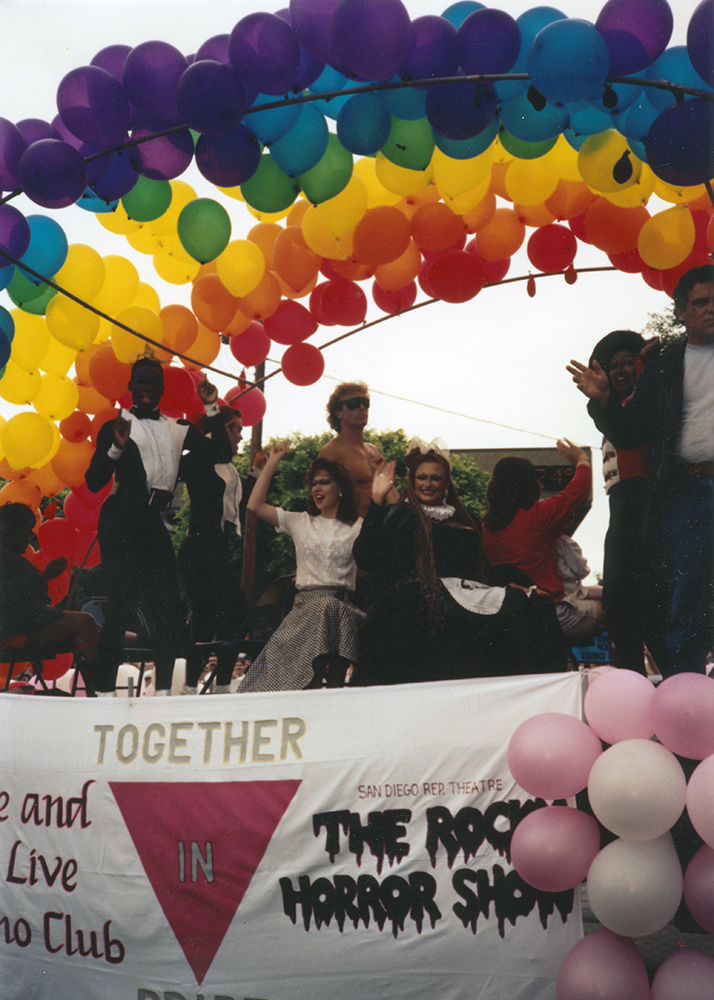
This year’s Grand Marshals were Frank Buttino, a former FBI agent who was fired for being gay and sued the FBI in 1990, and Karen Marshall, administrative director and volunteer coordinator for the Center since 1987. The parade took off at noon on July 20th from Laurel Street and Balboa Drive with a few thousand participants. Reportedly parade attendance was just over half of the previous year, despite improved weather. After the parade, Sgt. Miriam Ben-Shalom, a speaker the previous year, led two hundred demonstrators to the gates of the Naval Hospital to protest discrimination against homosexuals in the military. She addressed Rear Admiral Halder, calling for an end to Department of Defense Instruction 1332.14, which deemed homosexuals as a threat to national security. The rally followed at the Organ Pavilion and featured Carole Migden, a democratic San Francisco Supervisor, out lesbian, and AIDS activist.
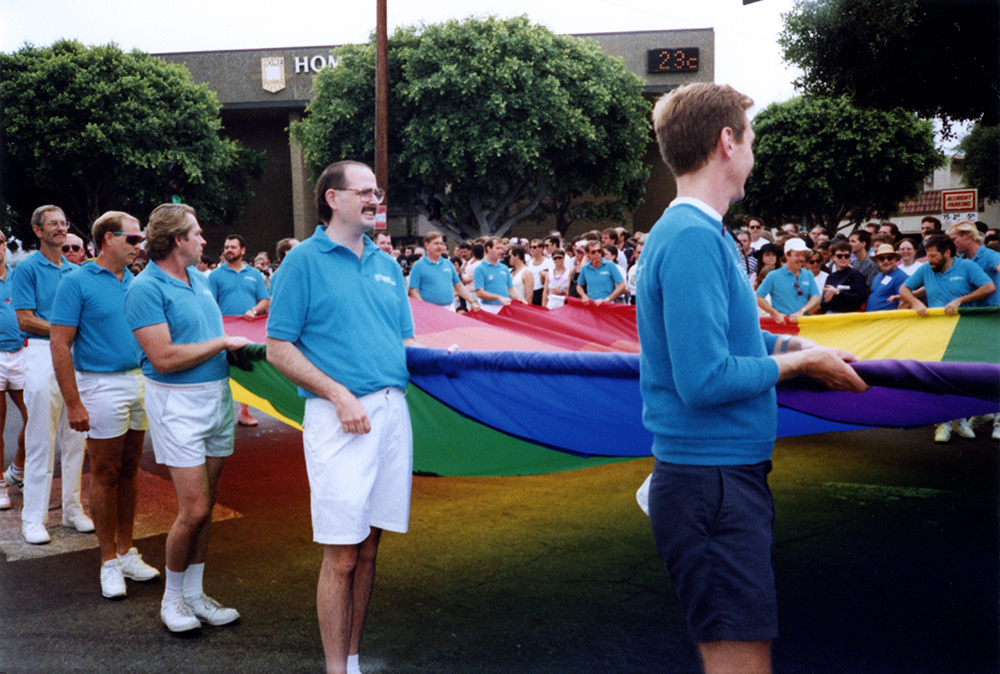
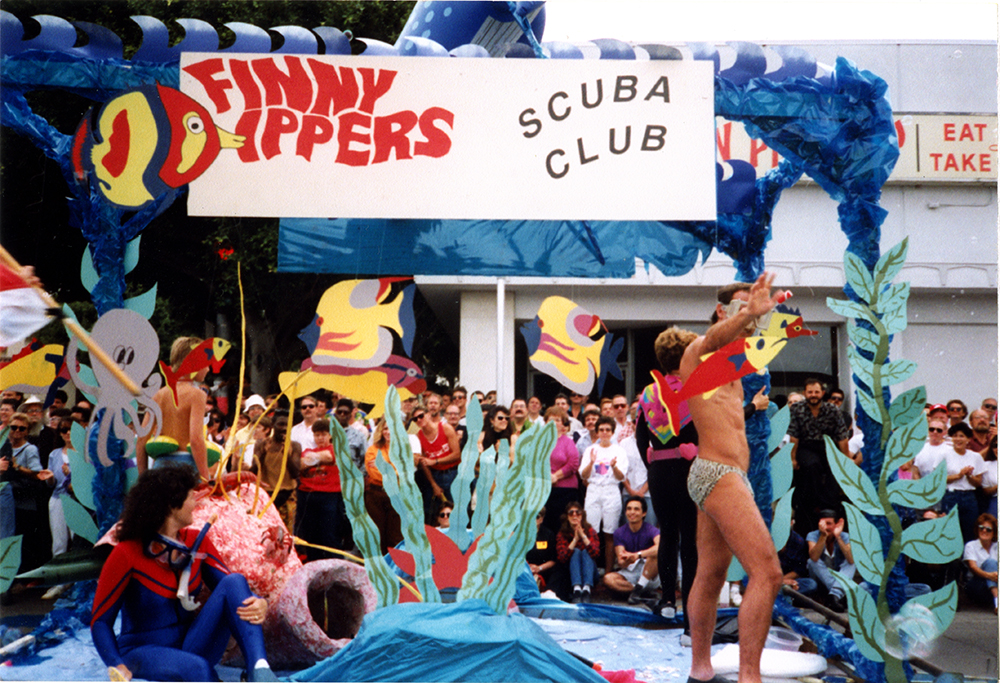
A new feature at the festival was a San Diego Sheriff’s Department recruitment booth. In 1984, then-Sheriff John Duffy said he would not hire an openly gay applicant. In 1991, they not only had a booth but registered nearly 50 festival goers for initial testing towards becoming corrections officers. SDPD reportedly had an informational booth in previous years, but not for recruitment purposes. ACT UP / LA also had a presence at Pride and inspired the inactive San Diego chapter to reorganize. Another new San Diego group to form in 1991 was the Nation of the Four Directions. Founded by Karen Vigneault and others, this organization was meant to connect lesbian and gay Native Americans.
